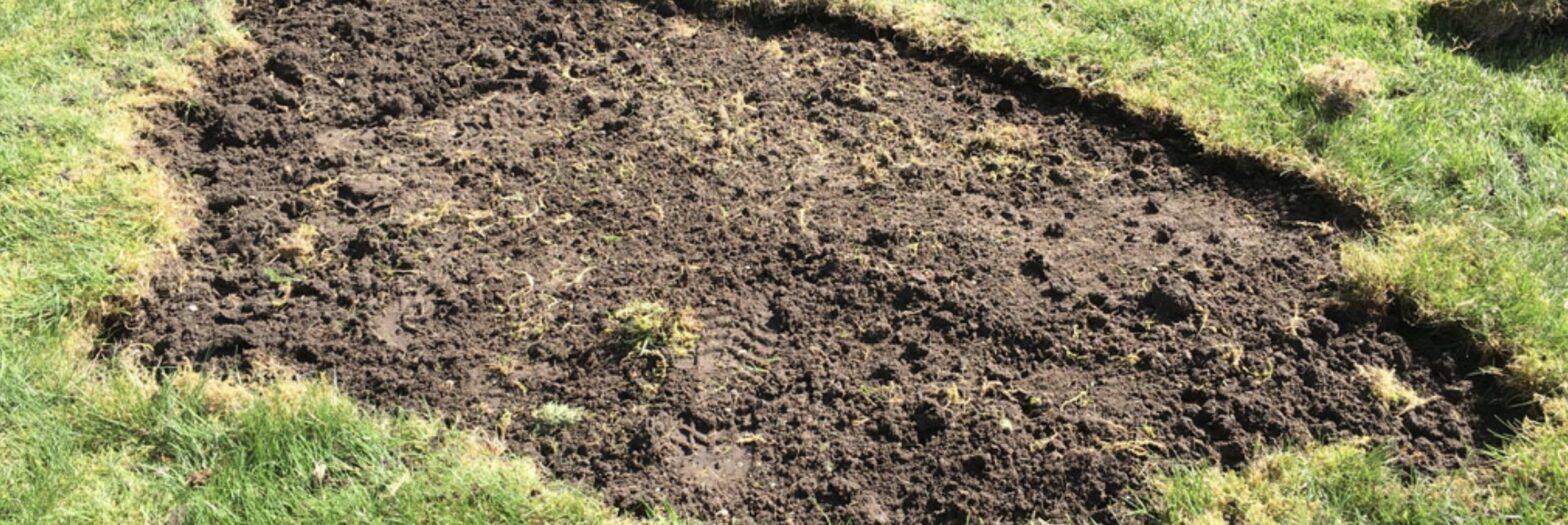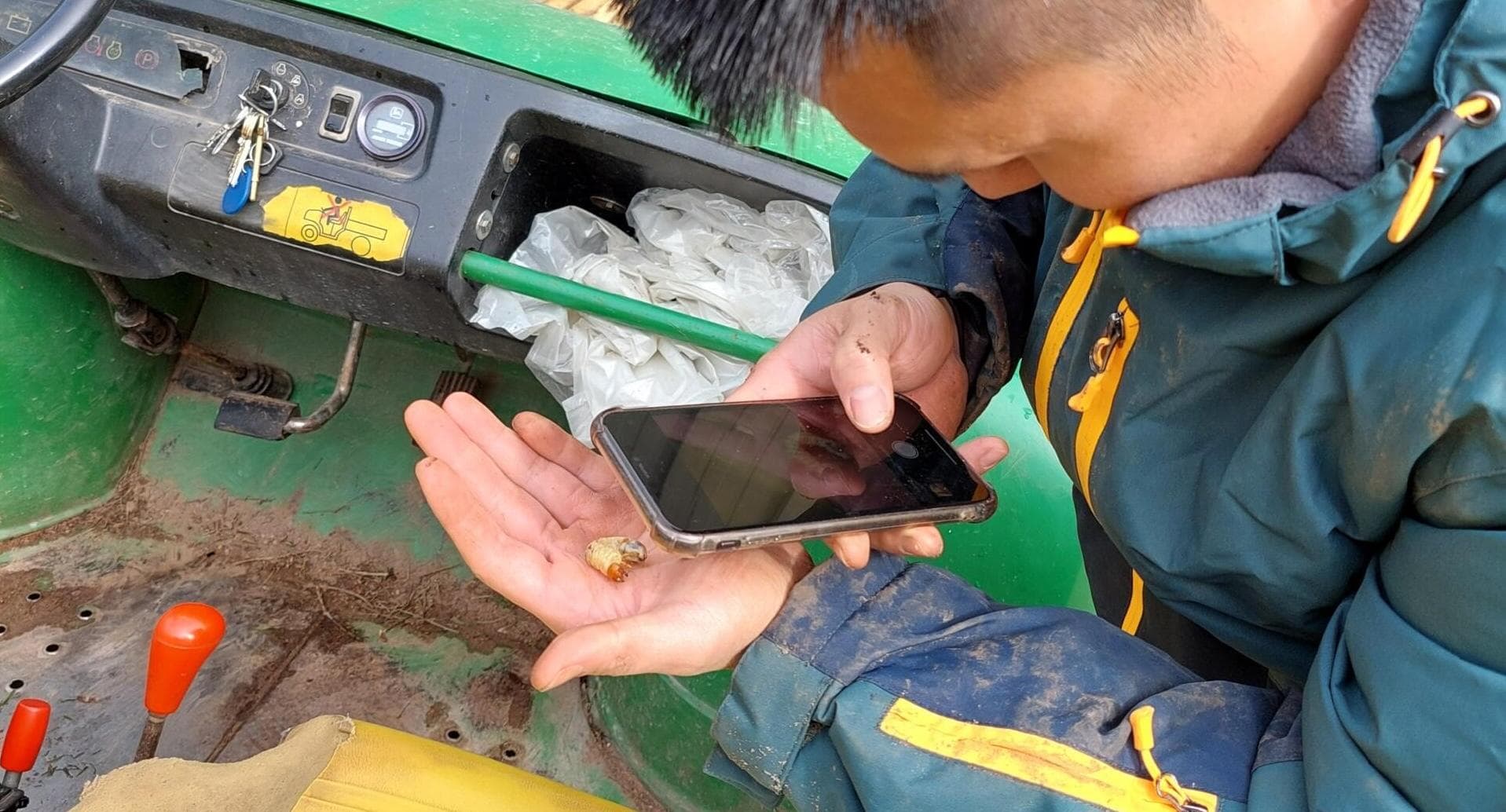NEWS: Wednesday 10th June 4pm GMT - Live Acelepryn Q and A Webinar with Henry Bechelet from ICL and me answering your questions - register here.
The Emergency Authorisation for Acelepryn in 2020 has been granted only for Chafers and whilst we are waiting for the second authorisation to be approved by the EPC I thought it was worth taking a few minutes to explain why we have applied for two and the process involved.
Why not a full registration for Acelepryn and why apply for two emergency authorisations this year?
This is not a full registration
Full registrations take a long time, they require huge amounts of data and are fluid in there process, it's not unusual throughout the application for additional requests to be made for more data or an additional study. Sometimes that's easy - other times it will require a newly commissioned study which could take an unknown period of time.
Trust me when I say - we are working VERY hard to achieve a full registration but due to the nature of the process there are no guarantees on when we will get it and what the label restrictions will be.
This is particularly relevant to an insecticide as there is high levels of concern with insecticides impact on bees. This is important and will always be a higher priority than turf health and rightly so.
What happens without a full registration?
Without a full registration you are relying on an Emergency Authorisation to use a product without a registration. This is applied for by industry (in this case ICL, not syngenta) with the objective of achieving an authorisation to use of a plant protection product for a period not exceeding 120 days, for a limited and controlled use where such a measure is necessary because of a danger which cannot be contained by any other means. This covers pests or disease causing economic damage or an issue relevant to public health. (Official document language).
Check out the fun applicant guide here...
The maximum window of authorisation that can be achieved is 120 days and strict levels of control are in place as the product hasn't gone through the same full and rigorous data analysis as a full registration.
This is why with Acelepryn you'll see strict stewardship in place such as reporting, restrictions on areas of use and strict periods to use the product.
Why apply for two Authorisations this year?
If we look at last year's PestTracker logged sightings you can see that we have two pest challenges with this product.
Targeting the two species, knowing we would only have one application per surface per year was going to be tricky with the 120 days restriction on the label.
We know the Autumn period is when the young leatherJacket larvae population is at its highest and targeting this period gives us the highest levels of control of LeatherJackets. Last years late September hatch highlights the need for a later application window.
Two authorisations for two application windows were needed dependent on the species.
The PestTracker data below went a long way to helping us justify the two authorisations.


Please keep logging those sightings here on PestTracker....... this data was well received by the Expert Committee on Pesticides and I suspect data driven decisions are something we will see more of in the future.
Where are we now?
The Emergency Authorisation for Chafers has been granted and runs through until the end of August.
An application for an Emergency Authorisation for LeatherJackets has been submitted, which if granted will start beginning of July and end at the end of October. Whilst initially an end of November deadline was discussed. I understand the additional rainfall generally seen in November and no full registration pack this was unlikely to be granted.
In the meantime
We at Syngenta continue to forge ahead with the full registration application which has the potential to give us a wider range of application dates. Until we achieve a full registration we do not know just what those will be.

We've seen some really strong results from Acelepryn in the field and are doing continued studies and research into how to get the very best out of this product. Knowing the registration challenges, we understand it's probably the only insecticide we're likely to see for a while and recognise the importance of making the absolute best of it.
Heard about the LIVE Primo Maxx Lockdown Trials? How to Manage Golf Course Turf during Lockdown.





